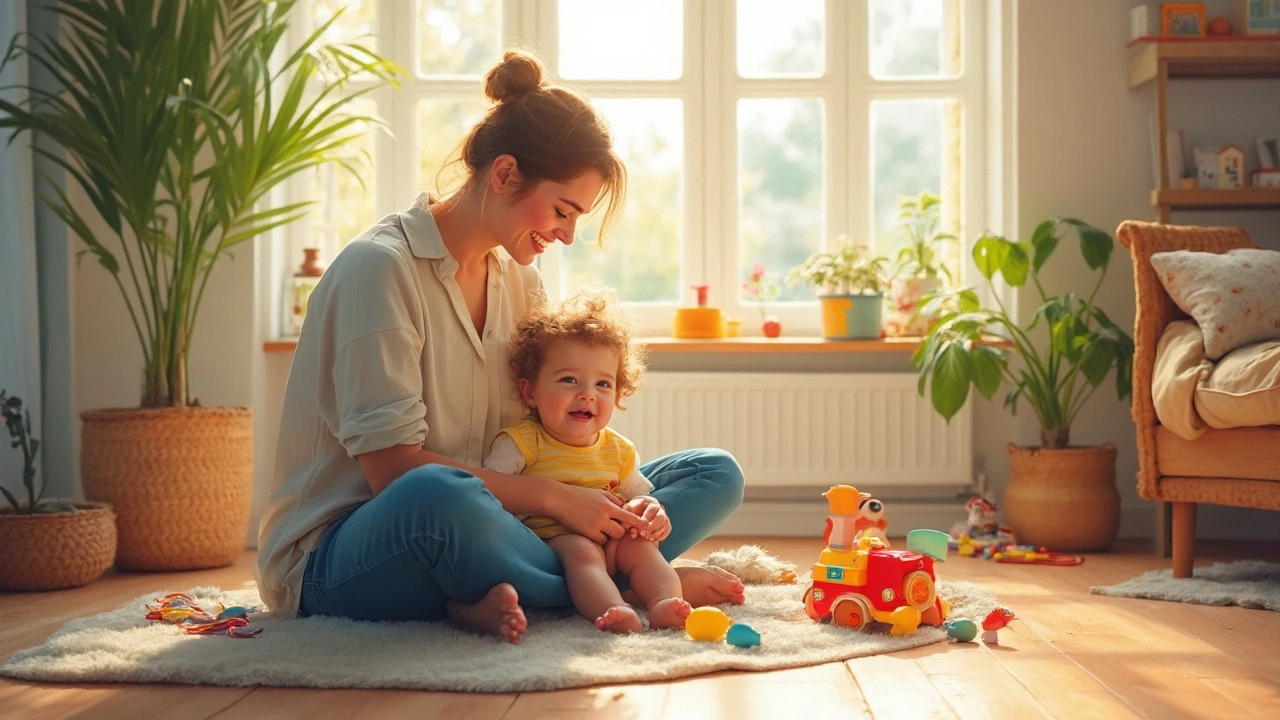Kids Massage Benefits: What Parents Need to Know
If you’ve ever watched a toddler relax after a warm bath, you already know how soothing touch can be. Kids massage takes that calm feeling a step further. It’s not just a pampering treat; it’s a gentle therapy that can help children move better, sleep deeper, and feel more confident.
First, think about the body. Light pressure on muscles and joints encourages blood flow. Better circulation means nutrients travel faster to growing tissues, and waste leaves the body more efficiently. That’s why many parents notice reduced muscle tightness after just a few sessions.
Physical Perks That Show Up Quickly
Kids who receive regular massage often report fewer tummy aches and less frequent colds. The reason? The nervous system gets a gentle reset, which helps the immune system stay balanced. You might also see a boost in flexibility – a simple leg stretch after a session can feel easier than before.
Another big win is pain relief. Small aches from sports, playground falls, or even growing pains can be eased with targeted strokes. Parents usually hear, “My kid doesn’t complain as much about sore knees now,” and that’s a clear sign the massage is doing its job.
Emotional and Cognitive Benefits
Beyond the body, massage works on the mind. When a child feels safe under caring hands, the body releases oxytocin, the “feel‑good” hormone. Oxytocin lowers cortisol, the stress hormone, so kids become calmer faster. This calm can translate into better focus in school and smoother bedtime routines.
Many parents say their children fall asleep quicker after a session. The rhythmic motion mimics the soothing sways we experienced as infants, triggering the brain’s natural sleep pathways. If bedtime has been a battle, a short massage before lights out might be the game‑changer you need.
Confidence also gets a lift. When kids learn to trust the therapist’s touch, they develop stronger body awareness. They start noticing how their shoulders feel, how tension builds, and how to release it on their own. That self‑knowledge builds resilience for future stressors.
So, how can you make sure the experience is safe and enjoyable?
Start by choosing a therapist who specializes in pediatric massage. Look for certifications, ask about their training, and read reviews from other parents. A good therapist will explain every move, let the child watch, and never force a position.
Keep sessions short – 15 to 30 minutes is enough for younger kids. Use a calm room, soft lighting, and a familiar blanket or stuffed animal if that helps them feel secure. Ask your child for feedback: “Did you like that part?” or “Do you want more pressure here?” Encouraging their voice turns the session into a collaborative activity.
After the massage, give your child time to stretch or play gently. Hydration is important, so a glass of water can help flush out released toxins. You’ll often notice a brighter mood within an hour.
In short, kids massage is a low‑risk, high‑reward addition to a child’s routine. It supports physical growth, eases everyday aches, calms nerves, and encourages better sleep. Give it a try and watch how a few minutes of gentle touch can make a big difference in your child’s day.
Body Massage for Kids: Benefits, Safety Tips, and What Parents Should Know
This article breaks down why body massage for kids can be a game-changer for their well-being. We dig into real benefits beyond just relaxation and zero in on the do's and don'ts for parents who want to try it. You'll find safety tips, advice on picking the right services, and what to expect if you decide to book a session. Everything’s explained in plain language with relatable advice. New to the idea or already curious? You’ll get the clarity you need.
